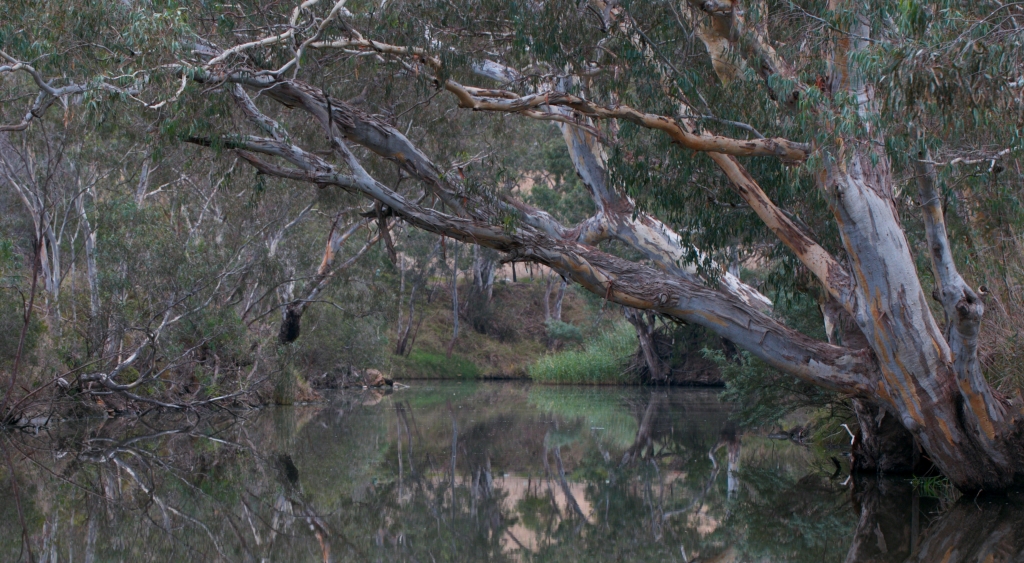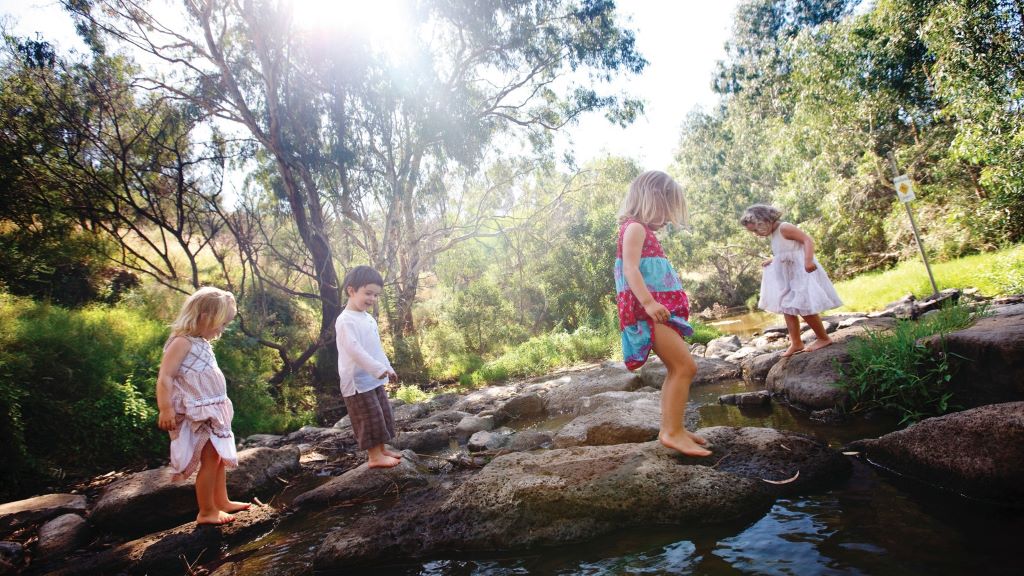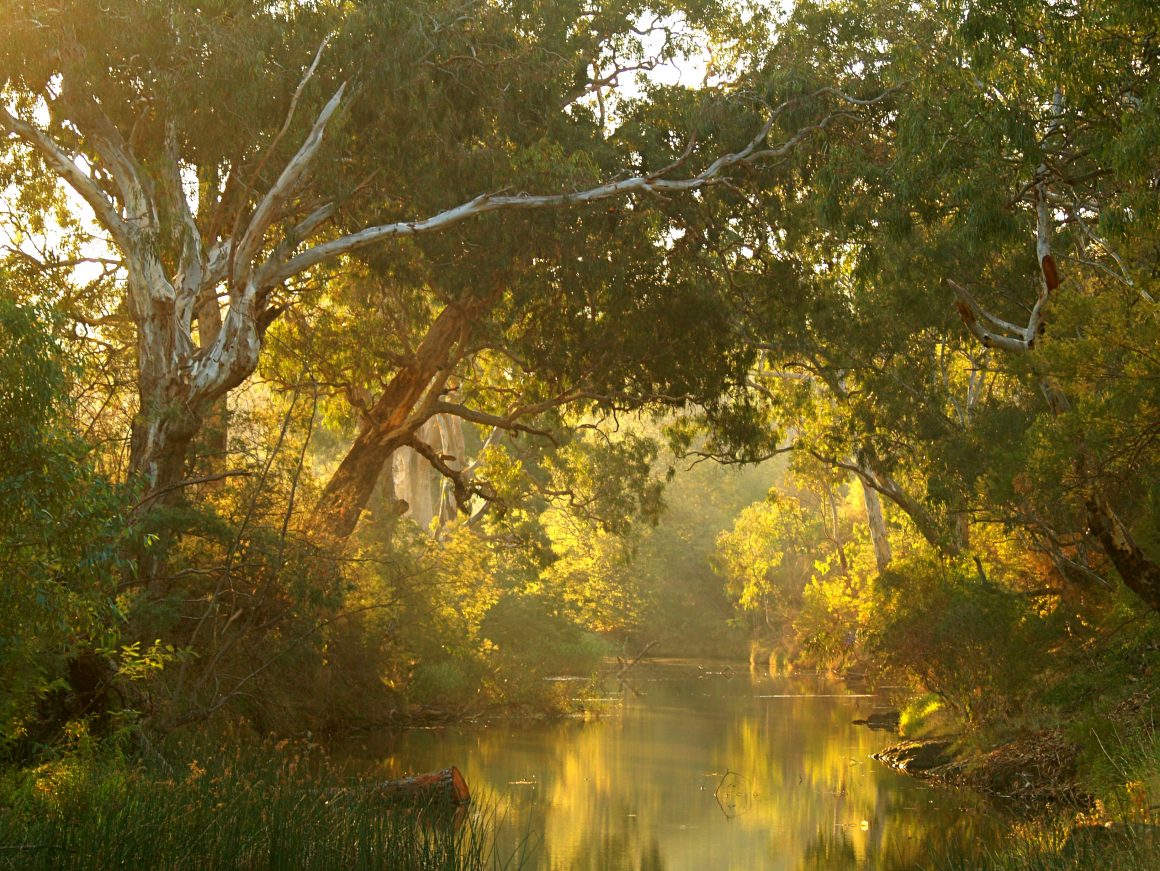Brimbank Park is only 15 kilometres out of Melbourne city, and yet, embarrassingly, I hadn’t bothered to make the trip up there anywhere near as early as I should have. It’s full of a wonderful range of native plants and wildlife, and even though it’s quite close to the hugely developed Melbourne Airport, it feels like it’s hundreds of miles away.
It’s a welcome escape from the residential areas I’ve become so accustomed to. Visiting parks like this one always make me wistful. I’m struck by an awareness that once, everything would have looked like this – minus the picnic spots and water fountains, of course. The north-western suburbs of Melbourne have seen rapid increases in development in the last few years. From Yarraville to Footscray, and stretching out past Keilor, both residential and industrial developments have transformed the suburbs significantly in the last 50 years. It’s almost impossible to fathom the changes made to these areas over the last 300 years, from a time before airports, roads, pavement or farmland.


Closer to what we now call the suburb of Maribyrnong, the habitats surrounding the river shifted to riparian woodland. Here, River Red Gum, Manna Gum and Gippsland Red Gum towered up to 20 metres alongside the water, herbs and shrubs making up the understory as the river swept around bends.
Quickly, though, the salty waters of the Maribyrnong River would have taken hold, and these great trees would have died back. Even today the river is flushed with salty water from coastal swells, though you wouldn’t realise it when you look at the lush grass along Flemington Racecourse. Three hundred years ago, these swells affected the habitats as well, sending salt through the soils surrounding the river. The only plants that prospered were ones that were adapted to the salty waters, predominantly low-lying species such as Willow-herb, Creeping Brookweed, White Sebaea, and Australian Salt-grass. Almost no trees would have been found in these areas, the salty soils keeping them at bay.
With all of this in mind, it is no surprise that the Maribyrnong River Trail is one of the most scenic in Melbourne. Scattered with parks and picnic areas, it meanders into Melbourne city much like the river itself, lazily looping around suburbs and landmarks. It is particularly popular on weekends, with dog-walkers, families, and fitness enthusiasts making their way along the pathway at their own pace. Though the surrounding areas of Maribyrnong, Footscray, Yarraville, Ascot Vale, Keilor, Flemington, and Kensington have seen much development in recent years, the winding nature of the river has helped shape these suburbs into what we see today.
Banner image by Paul Hitch [CC BY-NC 2.0] via Flickr.


Leave a Reply